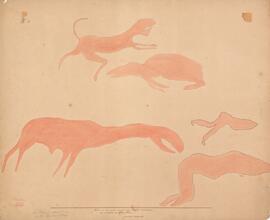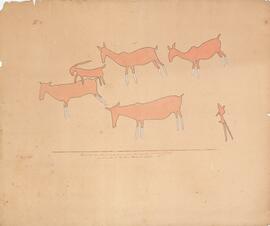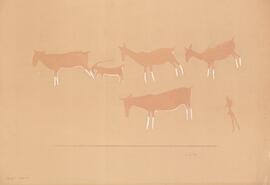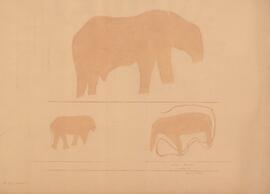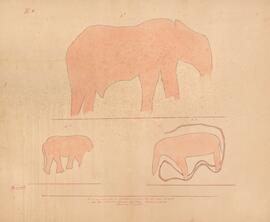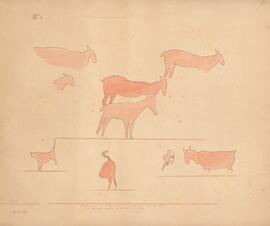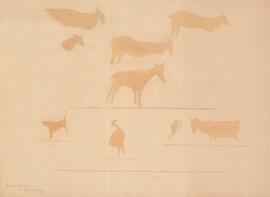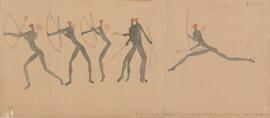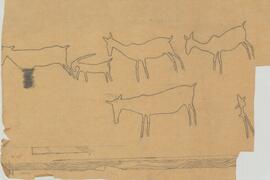Identity area
Reference code
IZI LBP
Title
Peringuey, Louis Albert
Date(s)
Level of description
Collection
Extent and medium
Collection of artifacts
Context area
Name of creator
(13/03/2009)
Biographical history
Gender: M
Created by: dduns009
Created on: 13/03/2009
Created by: dduns009
Created on: 13/03/2009
Name of creator
Biographical history
Repository
Archival history
Immediate source of acquisition or transfer
Content and structure area
Scope and content
Appraisal, destruction and scheduling
Accruals
System of arrangement
Conditions of access and use area
Conditions governing access
Conditions governing reproduction
Language of material
- English
Script of material
- Latin
Language and script notes
Physical characteristics and technical requirements
Iziko Museums of Cape Town
Finding aids
Allied materials area
Existence and location of originals
Existence and location of copies
Related units of description
Notes area
Note
Background of the Recorder:Louis Albert Peringuey (1855-1924)
Lois Albert Peringuey was born in 1855 in Bordeaux, France. He obtained a masters degree in Sciences in the 1870's before traveling through Senegal, Gambia and Madagascar. One of his main objectives during his travels was to collect plants and animals for museum exhibits. It was in 1879 that Peringuey immigrated to South Africa where he taught French at colleges in Cape Town. Pursuing his true vocation Peringuey took a volunteer position at the South African Museum in Cape Town in 1882. Here he was involved in the entomology department. His contributions to the field were invaluable and much of his work was published in scientific journals.
By 1884 Peringuey had become a permanent member of staff at the museum. Peringuey traveled to Algeria and France in 1885 on an assignment from the Cape government. By 1896 he was made the assistant director of the South African Museum, in this position he was able to explore his interest in anthropology and archaeology. A year after publishing his study 'Stone ages of South Africa' (1898), he made a startling discovery of prehistoric stone implements on the slopes of Pappegaisberg at Stellenbosch. Later, he found similar implements in Paarl and Malmesbury, which he dated to the Paleolithic period. When he announced his conclusions to the South African Philosophical Society, he gained international recognition.
In 1906 Peringuey was appointed Director of the South African Museum, a position that he held until his death in 1924. In his eighteen years as Director his interest in Rock Art flourished and he published several studies on the subject. Much of Peringuey's energy was dedicated to improving the museum's exhibits. His casts made from living San people, rock paintings and engravings, prehistoric stone implements and an extensive collection of skulls and implements were among his most impressive new exhibits.
It was also in 1906 that the doctorate in Natural Sciences was bestowed upon him by the University of the Cape of Good Hope. And in 1907 he was elected a member of the South African Association for the Advancement of Science.
When Peringuey died in 1924 he left behind him, an extraordinary legacy of scientific study realized in his many publications and exhibits and of preservation of cultural heritage materials.
Lois Albert Peringuey was born in 1855 in Bordeaux, France. He obtained a masters degree in Sciences in the 1870's before traveling through Senegal, Gambia and Madagascar. One of his main objectives during his travels was to collect plants and animals for museum exhibits. It was in 1879 that Peringuey immigrated to South Africa where he taught French at colleges in Cape Town. Pursuing his true vocation Peringuey took a volunteer position at the South African Museum in Cape Town in 1882. Here he was involved in the entomology department. His contributions to the field were invaluable and much of his work was published in scientific journals.
By 1884 Peringuey had become a permanent member of staff at the museum. Peringuey traveled to Algeria and France in 1885 on an assignment from the Cape government. By 1896 he was made the assistant director of the South African Museum, in this position he was able to explore his interest in anthropology and archaeology. A year after publishing his study 'Stone ages of South Africa' (1898), he made a startling discovery of prehistoric stone implements on the slopes of Pappegaisberg at Stellenbosch. Later, he found similar implements in Paarl and Malmesbury, which he dated to the Paleolithic period. When he announced his conclusions to the South African Philosophical Society, he gained international recognition.
In 1906 Peringuey was appointed Director of the South African Museum, a position that he held until his death in 1924. In his eighteen years as Director his interest in Rock Art flourished and he published several studies on the subject. Much of Peringuey's energy was dedicated to improving the museum's exhibits. His casts made from living San people, rock paintings and engravings, prehistoric stone implements and an extensive collection of skulls and implements were among his most impressive new exhibits.
It was also in 1906 that the doctorate in Natural Sciences was bestowed upon him by the University of the Cape of Good Hope. And in 1907 he was elected a member of the South African Association for the Advancement of Science.
When Peringuey died in 1924 he left behind him, an extraordinary legacy of scientific study realized in his many publications and exhibits and of preservation of cultural heritage materials.
Note
Collection obtained from: Iziko Museums of Cape Town
Note
Collection owner image: LBP.jpg
Alternative identifier(s)
Access points
Subject access points
Place access points
Name access points
Genre access points
Description control area
Description identifier
Institution identifier
Rules and/or conventions used
Status
Level of detail
Partial

